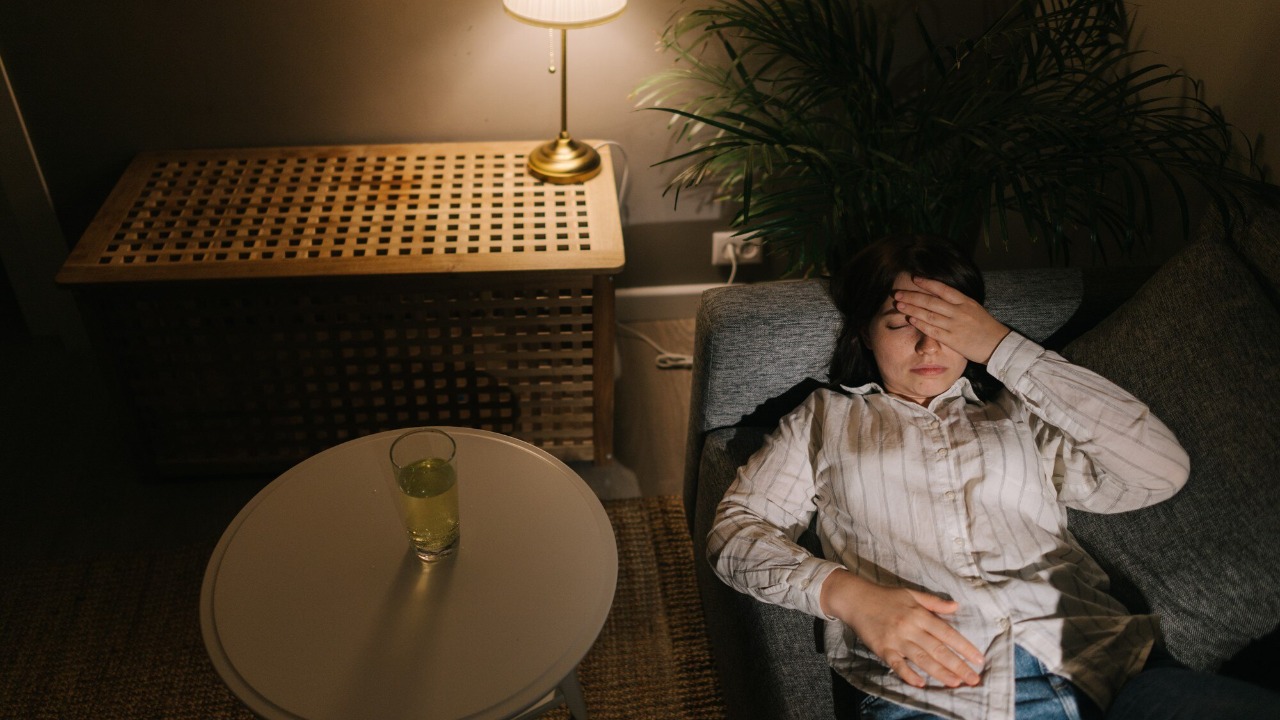
Excessive exposure to artificial light at night could be causing more harm than we realize. Recent studies have linked prolonged nighttime light exposure to increased stress levels in the brain and a higher risk of cardiovascular disease. The effects are particularly pronounced in urban environments, where light pollution is rampant.
The Biology of Light and Circadian Rhythms
Our bodies operate on an internal clock, regulated by the suprachiasmatic nucleus in the brain. This clock relies on darkness to trigger the production of melatonin, a hormone that regulates sleep-wake cycles. However, as research from Harvard Medical School shows, exposure to artificial light can disrupt these cycles.
Blue light, emitted by LEDs and screens, is particularly disruptive. According to a report from the National Institutes of Health, blue light can suppress melatonin production by up to 50% within just 30 minutes of exposure. This disruption of our natural sleep-wake cycles can lead to a state of chronic desynchronization, similar to jet lag, which can affect hormone balance over time.
Brain Stress from Nighttime Illumination
Exposure to artificial light at night doesn’t just disrupt our sleep—it can also increase stress levels in the brain. A study from Harvard Medical School found that adults exposed to more than two hours of artificial light after 10 p.m. experienced a 25% increase in cortisol levels, leading to heightened anxiety and reduced cognitive function.
Neuroimaging evidence from the same study showed a 15% decrease in hippocampal activity after one week of late-night light exposure, impairing memory consolidation. As lead researcher Dr. Elena Vasquez puts it, “This artificial glow is rewiring stress pathways in the brain, much like chronic psychological strain.”
Cardiovascular Risks Linked to Light Pollution
Light pollution doesn’t just affect our brains—it can also have serious implications for our heart health. A World Health Organization analysis linked prolonged nighttime light exposure to an 18% increased risk of cardiovascular disease. This risk is particularly pronounced in urban centers like Chicago and Los Angeles, where light pollution is rampant.
Exposure to artificial light at night can lead to elevated blood pressure, contributing to artery damage. The WHO projects that if current trends continue, light pollution could contribute to an additional 1.5 million cases of cardiovascular disease worldwide by 2030.
Urban Environments and Light Exposure Patterns
Urban environments are particularly susceptible to the negative health effects of light pollution. In Chicago, for example, streetlights and billboards expose 85% of residents to over 10 lux of light after midnight. In Los Angeles, this figure rises to 92%, correlating with a 22% higher rate of insomnia among night-shift workers.
According to a survey by the Environmental Protection Agency, the bright skylines of these cities block out 80% of natural starlight, exacerbating the health effects of light pollution.
Evidence from Long-Term Studies and Experiments
Long-term studies and experiments provide further evidence of the health risks associated with nighttime light exposure. A longitudinal trial from Harvard Medical School tracked 1,200 subjects over six months and found a 12% increase in depression symptoms tied to bedroom light levels above 3 lux.
Animal model data from the National Institutes of Health also supports these findings. In this study, rats exposed to constant low light showed 30% more arterial plaque buildup after 12 weeks. As NIH principal investigator Dr. Raj Patel notes, “These findings underscore that even dim light at night acts as a silent toxin for heart and brain health.”
Practical Steps to Mitigate Night Light Effects
Fortunately, there are steps we can take to mitigate the effects of nighttime light exposure. According to Harvard Medical School, dimming screens to under 50% brightness and using blue-light filters two hours before bed can lower cortisol levels by 18%.
The World Health Organization recommends using blackout curtains to reduce room light to below 1 lux, which can lead to a 10% drop in cardiovascular strain markers. Community actions, such as advocating for shielded streetlights in high-pollution areas like Los Angeles, can also help to reduce exposure to artificial light at night.
More from MorningOverview